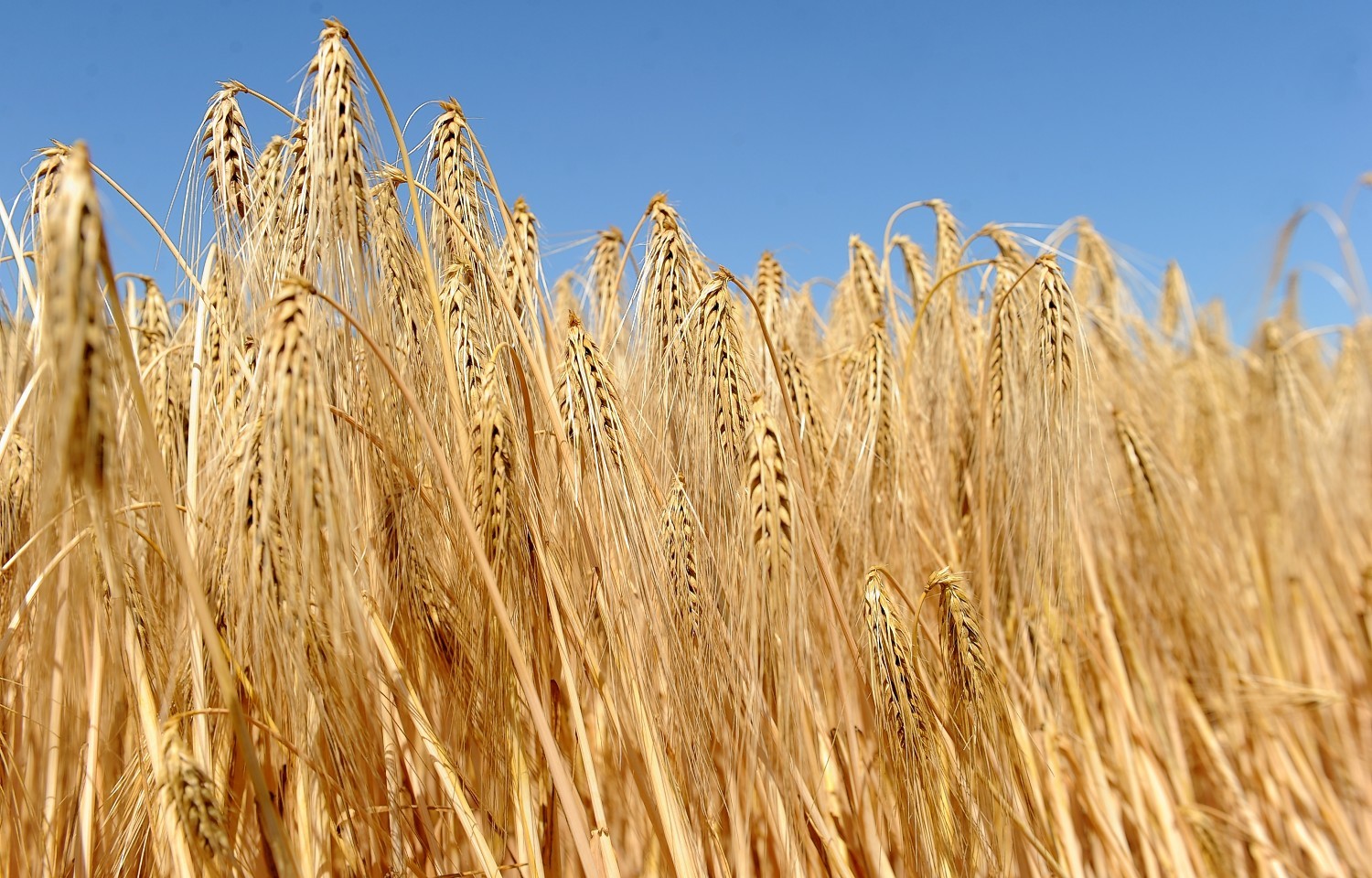Scottish scientists have found key genetic markers in barley which could help identify varieties which better meet malting specifications for grain whisky production.
The research, which was funded by farm levy body AHDB and carried out by the James Hutton Institute and SRUC, set out to identify genetic markers in barley for diastatic power (DP).
This is the ability of a malt to break down starches into simpler, fermentable sugars, during the mashing process.
DP is essential in the production of grain whisky where the mash consists of up to 90% of unmalted cereal with the remaining barley component added in quantities sufficient to breakdown the starch.
AHDB cereal product quality scientist, Dhan Bandari, said the research would help spring barley growers meet the malting specifications for the distilling and brewing markets.
He said: “Varieties with higher diastatic power can be used with higher proportions of unmalted cereal in grain whisky production, thus enhancing the overall yield of spirit. This potentially makes grain whisky production both quicker and cheaper, and increases the number of barrels of spirit produced per hectare of land used.”
Mr Bandari said grain whisky production exceeded single malt production and the market for high DP barley was currently in excess of 100,000 tonnes per annum.
Dr Bill Thomas from the James Hutton Institute said the new genetic markers would help breeders find varieties which combined high diastatic power with high yield, creating premium barley to improve profit margins for both growers and distillers.
At present varieties with high DP tend to be low yielding – for example Belgravia, which has high DP, yields 12% lower than Laureate which has a lower DP rating, added Dr Thomas.
He said: “The project has enabled us to identify a group of genetic markers associated with high diastatic power which are compatible with current breeding programmes. This means that varieties purposefully bred for high diastatic power and high yield could be available in the next five years.”
The findings from the project were showcased at the Cereals in Practice event at Saphock Farm, near Oldmeldrum.
